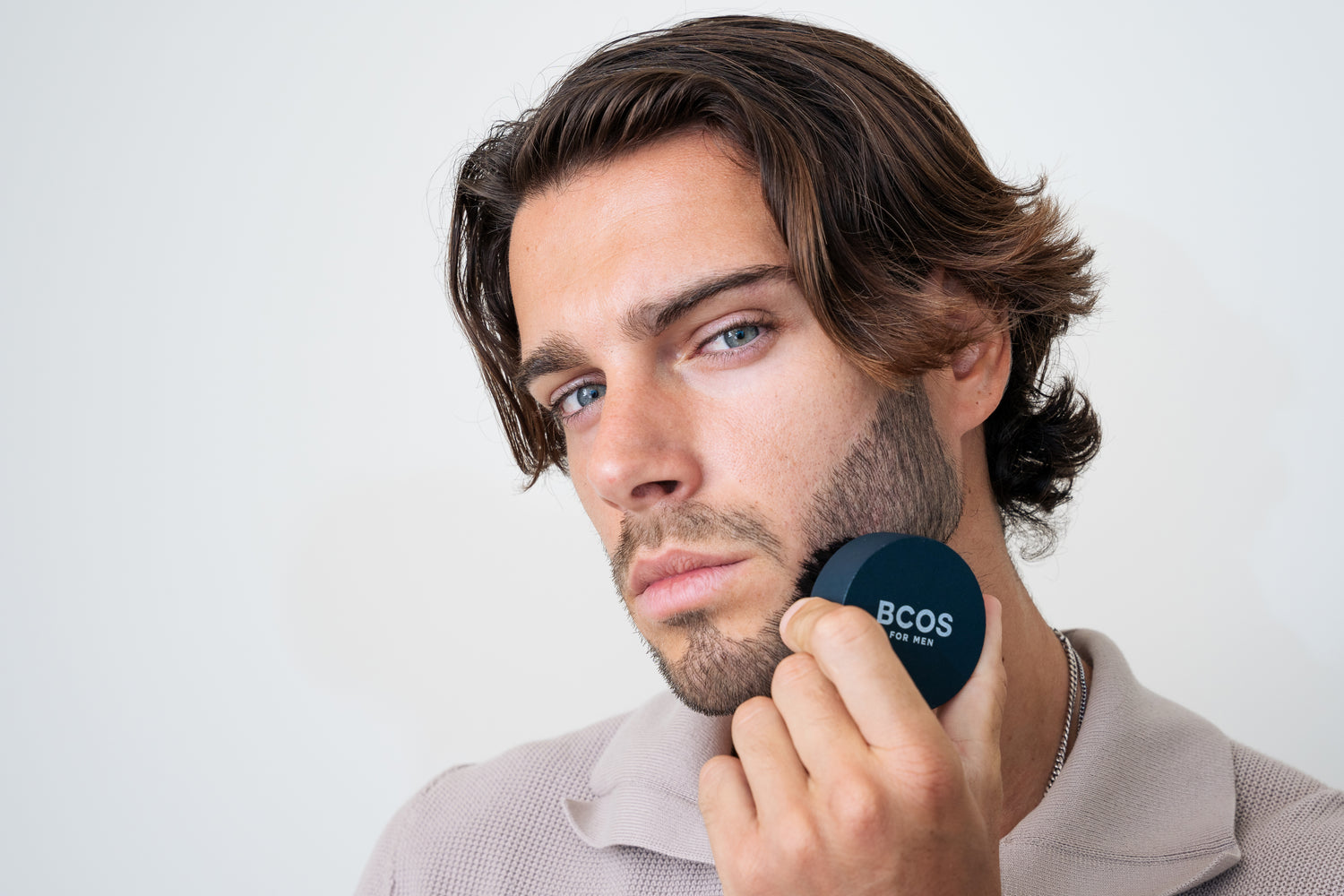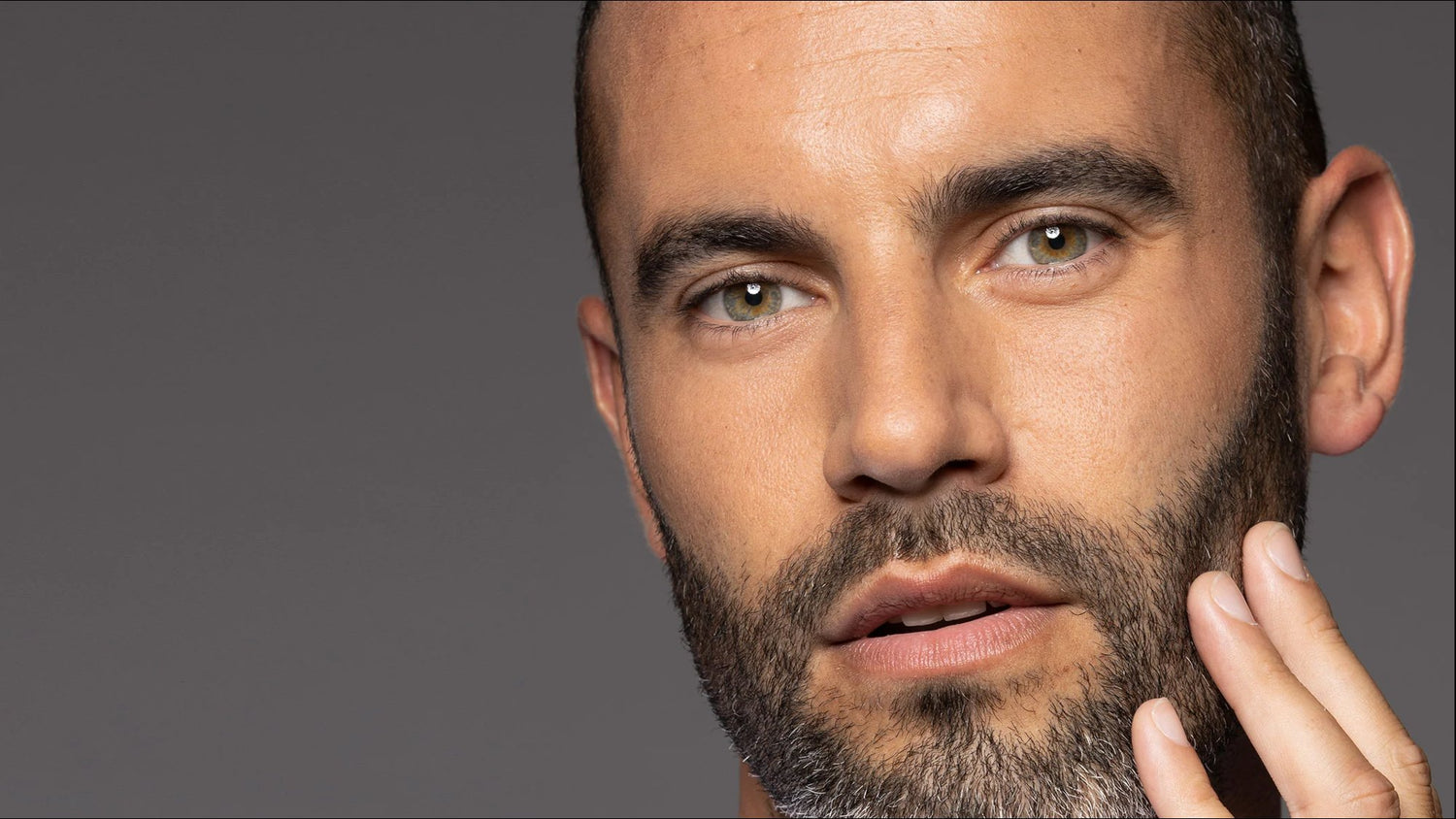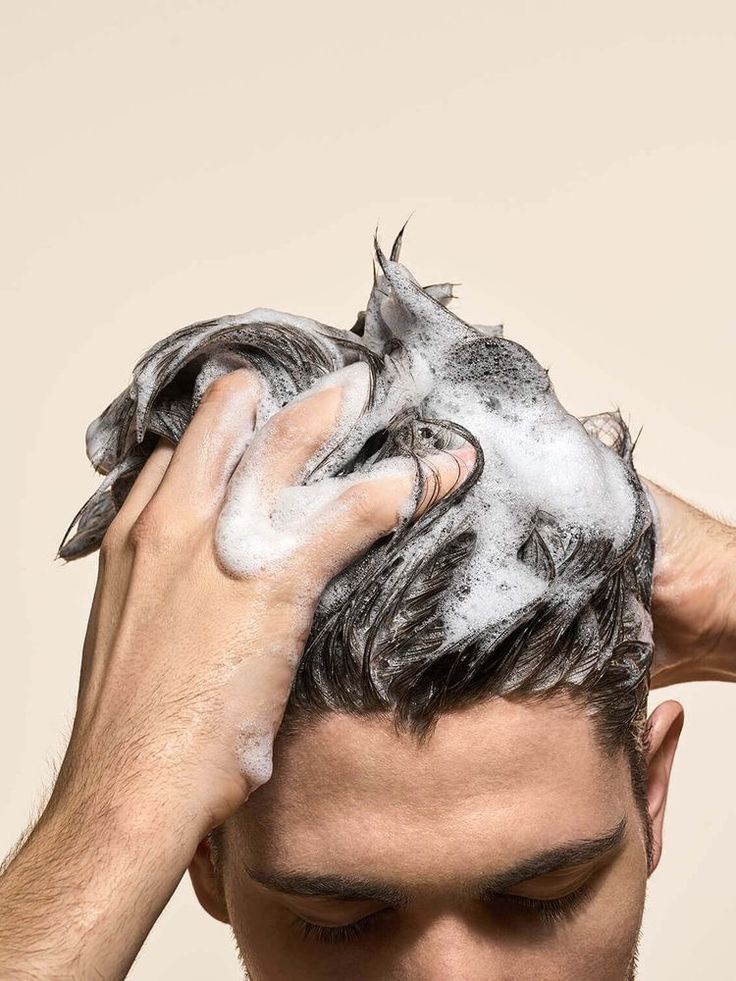The Evolution of Men’s Grooming
Men’s grooming is a timeless tradition, evolving through centuries of culture, fashion, and innovation. Today’s grooming routines and products for beards, face washes, and creams are the result of a rich history that spans millennia.
The Origins of Grooming: Ancient Civilizations
Egypt: The Pioneers of Cleanliness and Style
Ancient Egyptians were trailblazers in the art of grooming. They prioritized hygiene, shaving their heads and bodies to beat the heat and maintain cleanliness. The wealthy donned elaborate wigs made from real hair or plant fibers, while kohl eyeliner protected their eyes from the harsh sun. These early practices are the precursors to our modern skincare routines and sun protection.
Mesopotamia and Rome: The Beards and Baths
In Mesopotamia, big, bold beards symbolized status. Men used oils and tools, similar to today's beard care products, to style their facial hair meticulously. Bathing was also crucial, with soaps made from animal fats. Romans further refined hygiene with their famous public baths, complete with tools like strigils to remove dirt and oil. These ancient rituals echo in today’s spa treatments and the emphasis on relaxation during grooming.
Shifts in Grooming Trends: From Greeks to the Renaissance
Greece: The Barber’s Chair
Greek men initially favored long beards, but Alexander the Great's influence led to a clean-shaven look for warriors. Barbershops became social hubs for haircuts and philosophical discussions, a tradition that modern barbershops continue.
Medieval and Renaissance Eras: Vanity’s Revival
The Middle Ages saw a decline in elaborate grooming, discouraged by the Church. However, the Renaissance revived the focus on personal appearance, with men embracing elaborate hairstyles and fragrant pomades. This period set the stage for today’s wide range of hair styling products and colognes.
Grooming Evolution: Wigs, Razors, and Beyond
18th and 19th Centuries: Wigs and Innovations
The 18th-century elite favored powdered wigs and clean-shaven faces as status symbols. Barbershops offered haircuts and minor surgeries, while the invention of the safety razor paved the way for modern shaving tools. The 19th century saw the beard’s return, symbolizing masculinity in the Victorian era.
20th Century: The Electric Revolution
The 20th century oscillated between clean-shaven and bearded trends, influenced by Hollywood, corporate culture, and counterculture movements. The 1930s invention of the electric razor revolutionized shaving, providing convenience that continues to evolve.
The Modern Era: Diversity and Innovation
21st Century: Embracing Diversity
The early 2000s introduced the “metrosexual man,” where skincare and grooming became mainstream. Today’s grooming encompasses traditional shaving and advanced skincare routines, with an unprecedented range of products from beard oils to face creams. This explosion of choice reflects a blend of ancient practices and modern innovation.
Conclusion: The Legacy of Self-Care
Men's grooming has journeyed from ancient rituals to today’s diverse options, driven by the desire to look and feel our best. Each time you reach for a grooming product, remember the rich history behind it – a testament to the evolving art of self-care









